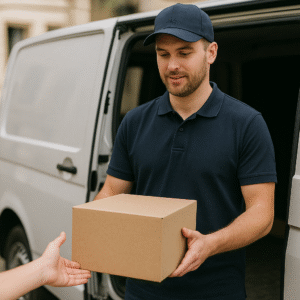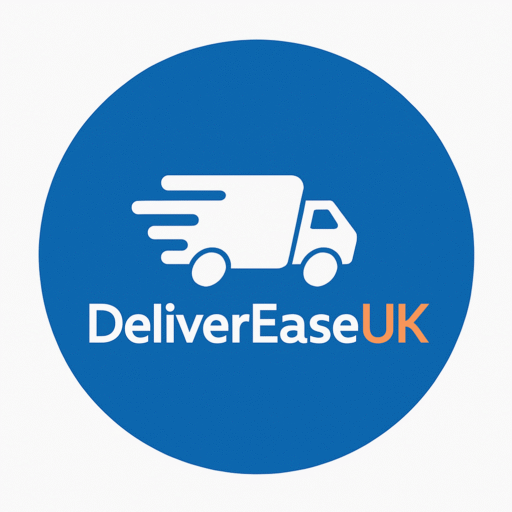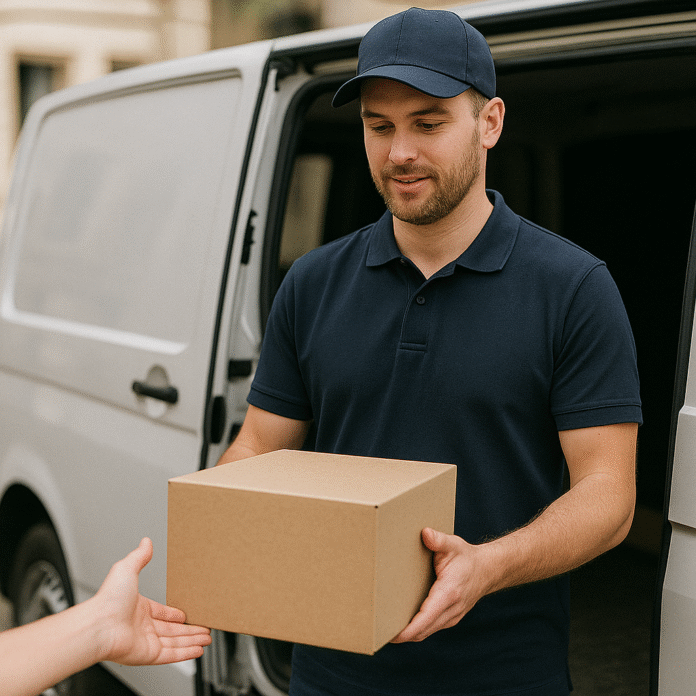Starting out as a delivery driver is a mix of freedom, hustle, and learning on the go. Here’s what to expect in your first few months and how to manage your time and routine to stay profitable without burning out.

Starting Out as a Delivery Driver: What to Expect
The first few months of delivery driving can be exciting but challenging. Whether you’re working with Uber Eats, Evri, Amazon Flex, or others, this phase is about learning the ropes and finding your rhythm. Here’s what it’s really like, plus tips on managing your time and staying in control.
1. You’re Going to Be Learning Fast
From directions to app quirks and customer preferences, you’ll be learning something new every day. Expect a few mistakes—missed pickups, wrong turns, awkward handovers. But don’t worry. You’ll quickly get better, especially when you learn which areas are busiest and when the best orders come in.
2. The Hours Can Be Unpredictable
At first, you might overwork just to see what’s worth it. One day might be busy, the next quiet. It’s part of the gig. Most drivers eventually notice that lunch (11am–2pm), dinner (5pm–9pm), and weekends tend to be the most profitable.
3. Managing Your Time and Energy
This is one of the biggest lessons. Without a set schedule, it’s easy to either overdo it or lose track of work hours.
Tips:
– Start with short shifts (4–6 hours) to avoid burnout.
– Block your day: plan working hours, break time, and personal stuff.
– Focus on 2–3 zones instead of chasing orders all over the place.
– Take a full day off every week to reset.
4. Use Apps to Work Smarter
Use tools like:
– Google Maps or Waze for smarter routes.
– Gridwise or Stride to track mileage and earnings.
– Your delivery app’s analytics to check patterns (like hotspots or customer tips).
These will help you earn more in less time.
5. Get the Right Gear Early
You’ll thank yourself for getting:
– A reliable insulated bag
– A phone mount
– A power bank
– Good shoes and waterproofs
Quality equipment means better customer reviews, safer driving, and fewer delays.
6. Track Your Earnings and Expenses
If you’re self-employed, it’s important to:
– Track your mileage and fuel
– Keep receipts (insurance, gear, etc.)
– Use an app or spreadsheet for income and outgoings
This helps with tax time and shows you if you’re actually making profit.
7. It Gets Easier (and More Profitable)
After 6–12 weeks, you’ll know:
– When and where to work
– How to get higher tips
– What jobs to accept or decline
You’ll also unlock bonuses, priority access to jobs, and develop a better flow that suits your lifestyle.
Final Tip: Stick With It
The beginning can be tough, but with patience and structure, you can turn delivery driving into a reliable, flexible income. Focus on progress over perfection.
Need more support or tips? Check out https://delivereaseuk.com or join the community on Telegram at https://t.me/delivereasedirectuk.

